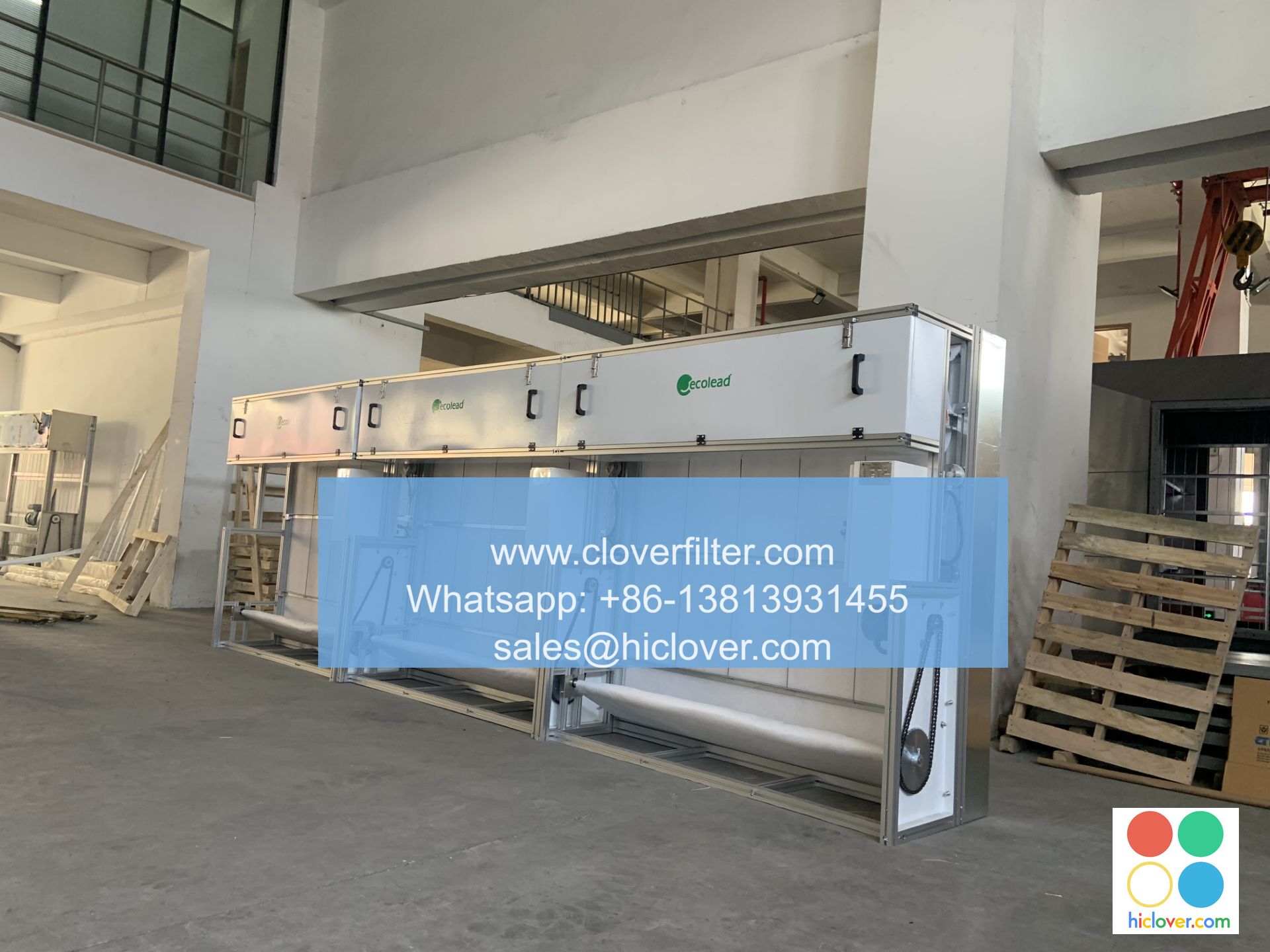Air Filter Standards: A Comparative Analysis of International Regulations

The quality of indoor and outdoor air is a significant concern globally, and air filters play a crucial role in maintaining clean air. With the increasing awareness of air pollution and its effects on human health, governments and organizations have established various air filter standards to ensure the effectiveness of air filtration systems. In this article, we will delve into a comparative analysis of international regulations and standards for air filters, highlighting various application areas, including:
* HEPA filter standards for high-efficiency particulate air filtration
* ULPA filter standards for ultra-low penetration air filtration
* ISO 16890 standards for air filter testing and classification
* ASHRAE standards for air filter performance and energy efficiency
Introduction to Air Filter Standards
Air filter standards are designed to ensure that air filters meet specific requirements for air quality, filter efficiency, and system performance. These standards are typically established by national or international organizations, such as the International Organization for Standardization (ISO), the American Society of Heating, Refrigerating, and Air-Conditioning Engineers (ASHRAE), and the Underwriters Laboratories (UL).
Comparative Analysis of International Regulations
A comparative analysis of international regulations reveals that different countries and regions have established their own set of standards for air filters. For instance:
* In the United States, the ASHRAE 52.2 standard is widely adopted for testing and rating air filters.
* In Europe, the EN 779 standard is used to classify air filters based on their efficiency and pressure drop.
* In Japan, the JIS B 9908 standard is used to test and evaluate air filters for their performance and durability.
Key Application Areas
Air filter standards have a significant impact on various application areas, including:
* Industrial air filtration: Air filters are used in industrial settings to remove pollutants and contaminants from the air, ensuring a safe working environment and preventing equipment damage.
* Commercial air filtration: Air filters are used in commercial buildings, such as offices, restaurants, and shopping centers, to maintain good indoor air quality and prevent the spread of airborne diseases.
* Residential air filtration: Air filters are used in homes to remove allergens, pollutants, and other contaminants from the air, improving indoor air quality and promoting better health.
* Transportation air filtration: Air filters are used in vehicles, such as cars, buses, and airplanes, to remove pollutants and contaminants from the air, ensuring a safe and healthy environment for passengers.
Conclusion
In conclusion, air filter standards play a critical role in ensuring the effectiveness of air filtration systems and maintaining good indoor and outdoor air quality. A comparative analysis of international regulations highlights the importance of standardization and harmonization of air filter standards to facilitate global trade and ensure consistency in air filter performance. By understanding the different standards and regulations, manufacturers and users can make informed decisions about air filter selection and application, ultimately promoting better air quality, public health, and
As the demand for clean air and sustainable living continues to grow, the development and implementation of air filter standards will remain a crucial aspect of air pollution control and indoor air quality management. It seems like you haven’t provided a specific question or topic for me to address. Could you please provide more details or clarify what you would like to discuss?

